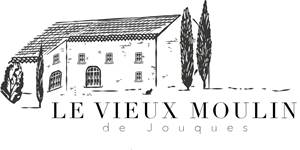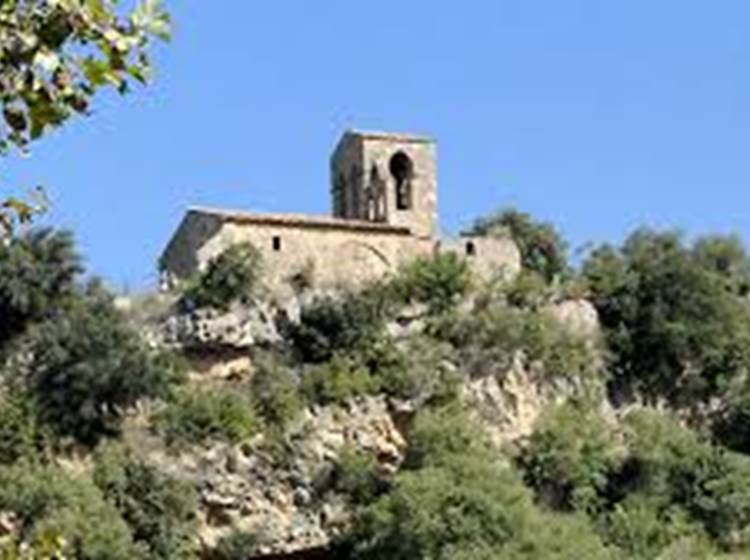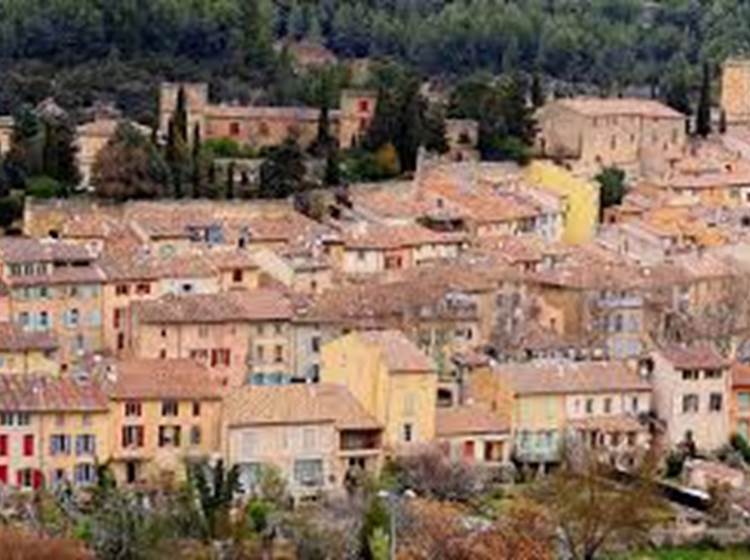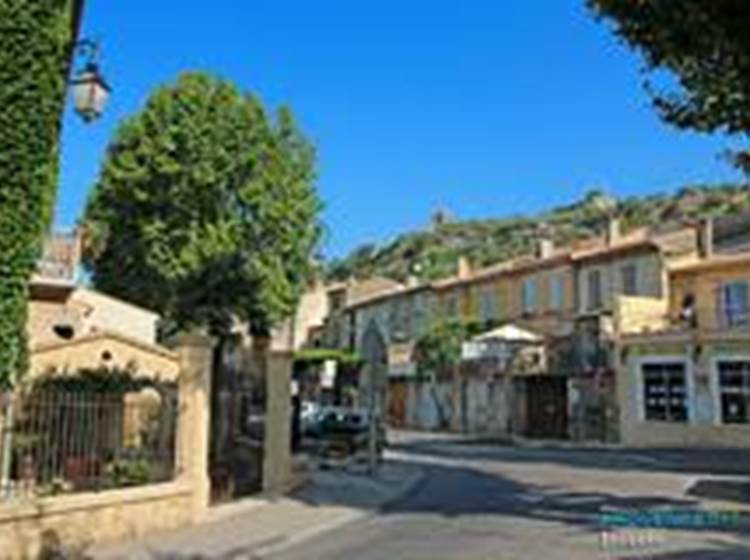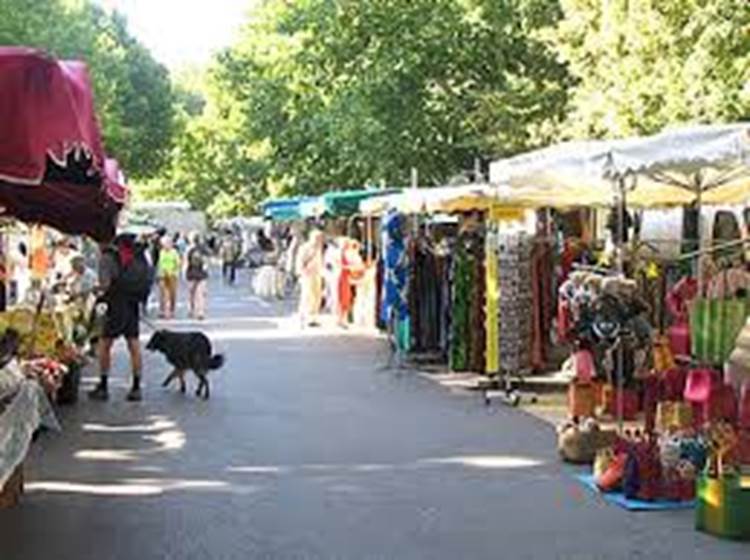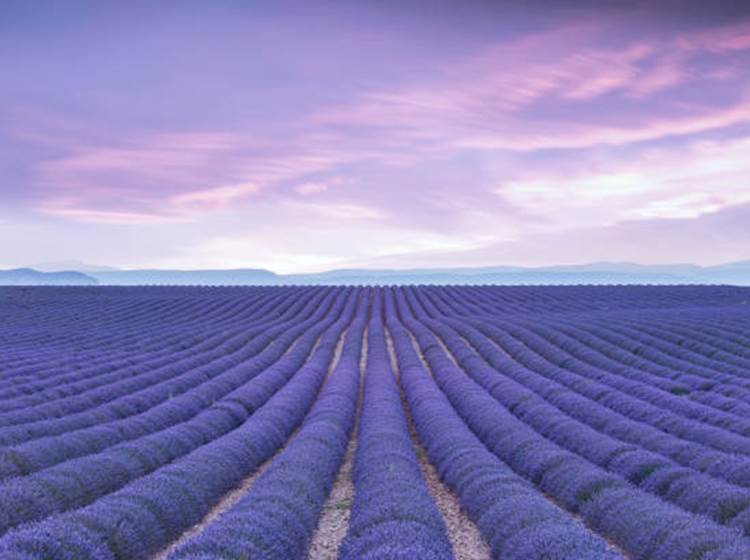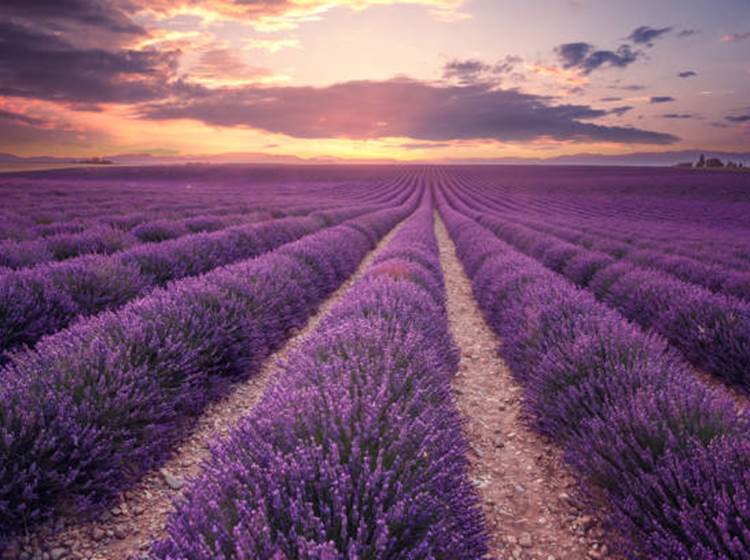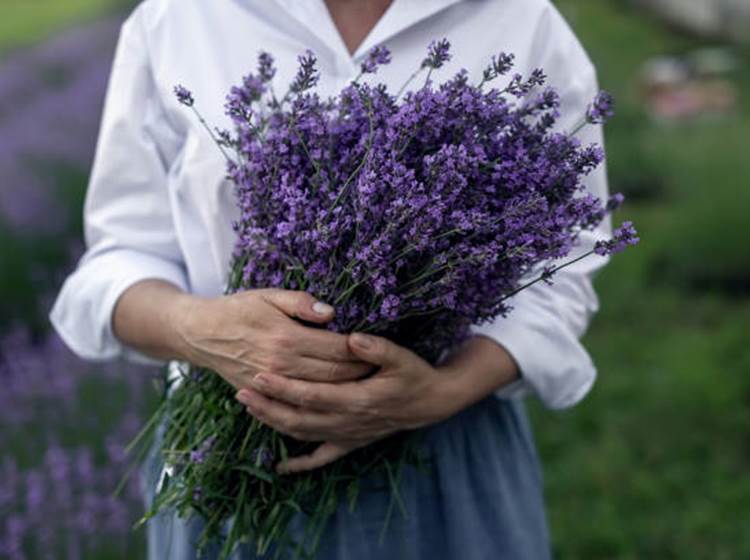Jouques is a town with a rural tradition of 4,500 inhabitants located at the crossroads of 4 departments: Bouches-du-Rhône, Var, Vaucluse and Alpes-de-Haute-Provence.
The Adaouste cave has revealed traces of habitats which date back the occupation of the area to 60,000 years ago. This occupation has continued over time since there are traces of it in the Magdalenian (12000 BC), and in the Neolithic (4000 BC) with a dolmen. Later, Jouques became a Roman colony, housing several agricultural sites and the departure of the Traconnade aqueduct supplying the city of Aix with water.
The village was established from the 10th century on a limestone hill which offers relative protection. It became the property of different lordly families of Marseille and then of the archbishopric of Aix. The inhabitants gradually descended from the hill and ramparts were built around its perimeter until the 16th century. After the French Revolution, the village took out its ramparts to expand and experienced economic development focused on agriculture and the implementation of numerous mills on the river making it possible to make oil, flour, paper and tan. Like many communes, Jouques was then hit by the rural exodus and the First World War, and the number of inhabitants increased from 1,600 in 1866 to 934 in 1936.
After the Second World War, during the thirty glorious years, the village benefited from the surrounding economic renewal (creation of the center of Cadarache, construction of the hydroelectric plant) and second homes developed in the countryside. These constructions are now very strictly limited, allowing the municipality to have an exceptional environment.
The old village is perched on a small hill topped by the Notre-Dame-de-la-Roque chapel dating from the 12th century. You can go up there passing through the old flowery streets of the village to discover the entire village nestled at the foot of the cliff, and a landscape which extends to the hills of Concors and Ubacs, with the Pic des Mouches in the distance. , one of the peaks of Sainte-Victoire. At the foot of the hill, the Grand Pré offers a haven of greenery which has become a symbol of the village.
From the village, the small road D11 will allow you to reach Vauvenargues through the Concors massif, alternating between woods and crops, or to head towards Saint-Paul-Lez-Durance via the magnificent Bèdes plateau bordered by olive fields. , almond trees, vines and some lavender.
The village museum will introduce you to a beautiful collection of tools, old furniture and objects from rural life in the past, as well as numerous ex-votos.
Thanks to the association ""Les amis de Jouques"" for this information.
https://www.jouques-terredexception.fr/






